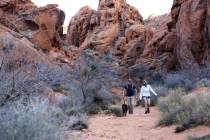Badass bunny: What you need to know about jackalopes
Jackalopes Are Real(ish)
In the 1930s, according to the fascinating new book “On the Trail of the Jackalope” (Pegasus, $27.95) by Nevada author Michael Branch, a microbiologist in Princeton, New Jersey, began studying samples of dead jackrabbits from Iowa. Known as “horned” or “warty” rabbits, they had odd, hornlike protuberances on their heads. Suspecting they were tumors, the scientist, Dr. Richard E. Shope, conducted extensive experiments with life-changing results: “The horn of the rabbit became the first virus-induced tumor ever to be identified in a mammal,” a discovery that led to research that “would ultimately save millions of human lives.”
Kids Those Days
The jackalope’s origin story — often retold and yet stubbornly unverifiable — has now entered into American folklore,” Branch writes. To wit: Two young brothers in Douglas, Wyoming, Doug and Ralph Herrick, hunters and budding taxidermists, tossed a just-killed jackrabbit onto the floor of their workshop, next to a pair of deer horns. An idea was born. The date is usually said to be in 1932, but different retellings put it as late as 1940. They sold that first jackalope to a local hotelier for $10. The Herrick family still makes jackalopes in Douglas. 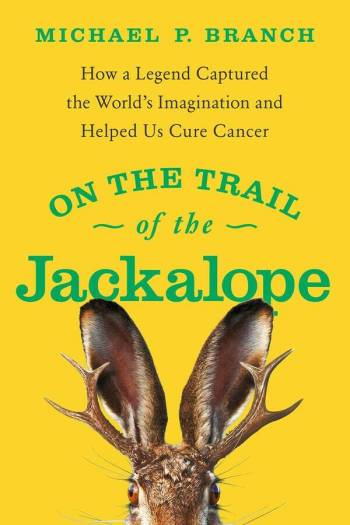
How Many?!
“By my rough estimation, there are at least one million jackalope mounts in existence,” Branch writes. To say nothing of the T-shirts, keychains, tattoos, art pieces, video-game cameos, coffee mugs and postcards sporting the hoax bunny.
International
While the jackalope we know was born of prankish teens and came to represent pure Americana, jackalope-style creatures figure in other parts of the world, too. Sweden has the räkanin. In a number of African cultures, “stories concern a trickster rabbit who cunningly fabricates horns and dons them as a ploy.” Trickster rabbits also appear in the storytelling of some North American Indigenous peoples. There’s a sizable taxonomy of horned hares in German folklore, in Mexico and many other locales.
Deeper Meaning
“But the rich experiences I have had on the trail of the jackalope convince me that humans do need jackalopes,” Branch writes. “The horned rabbit’s wild hybridity is captivating because it invites us into a strange species of joy that results from a blurring of the boundaries between the actual and the mythical.”
Other Mythical Creatures of the Southwest
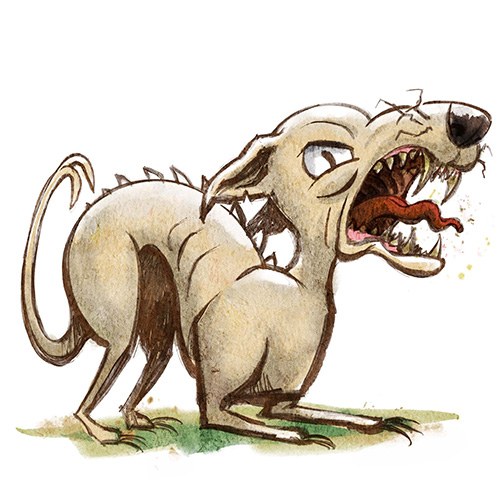
Chupacabra
Famed goat-sucker; its reputation suffered thanks
to lame Syfy movies.

Tessie
Said to lurk in Lake Tahoe, no doubt on the lower-taxed Nevada side.
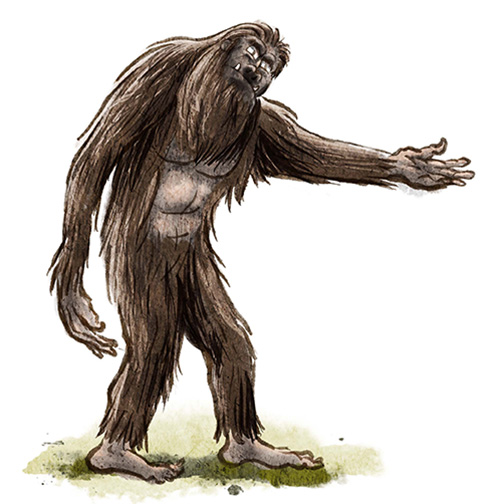
Mogollon Man
Arizona dweller; 7 feet tall, with large red eyes.
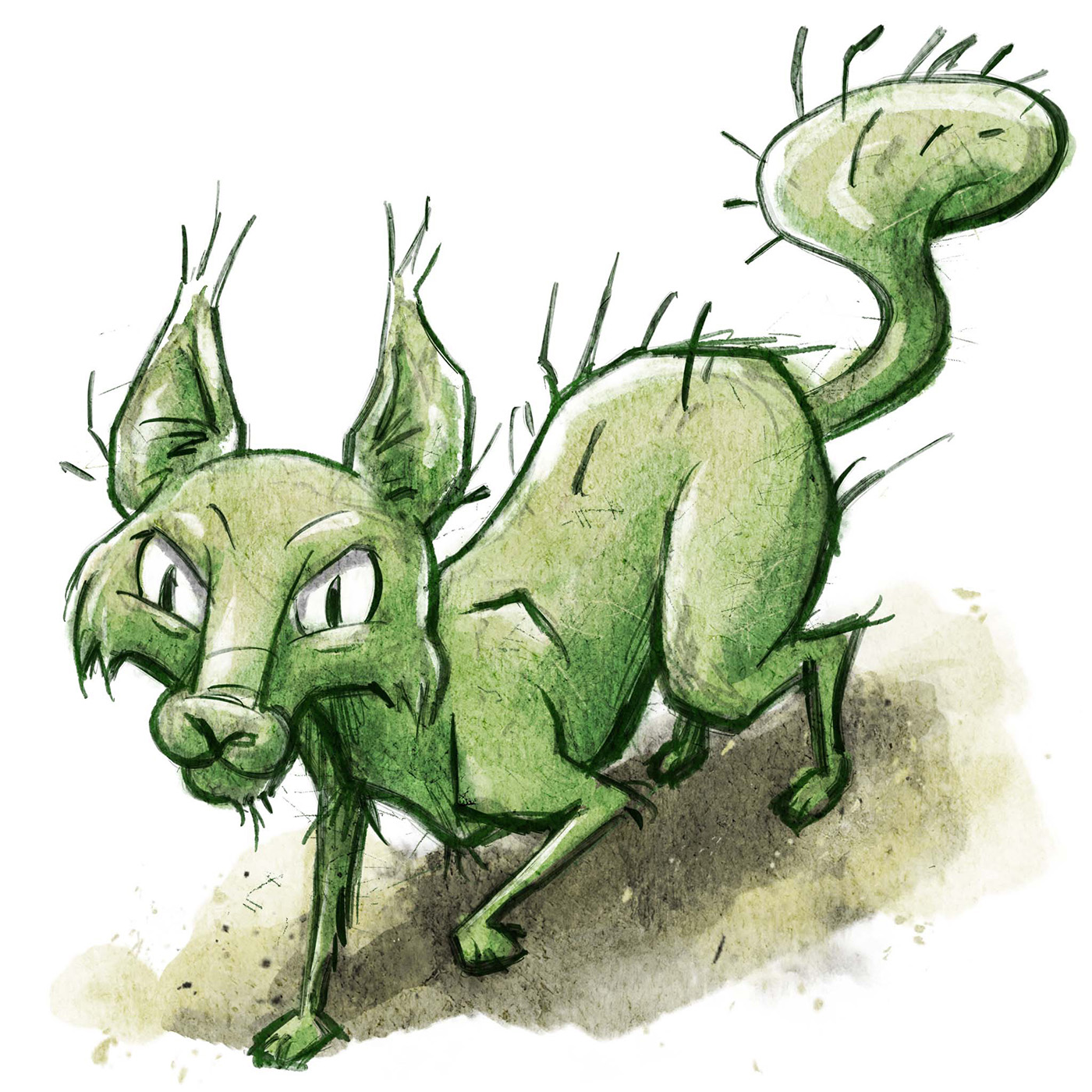
Cactus Cat
Prowls Southwest, drinking fermented cactus juice.




